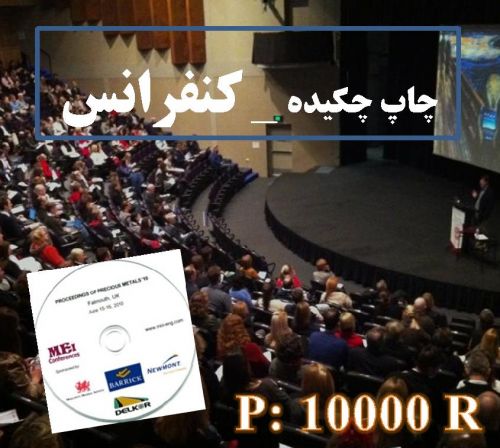The infection of food animals to hydatid cyst is a concern from economic and public health stand points. Hydatidosis caused by Echinococcus granulosus is still an important public health and economic problem in many regions of the world, especially in countries with insufficient hygienic management system. This is a zoonotic disease without a specific clinical signs. Final diagnosis in animal can be made only by necropsy or/and post mortem inspection. In this survey, the prevalence of hydatid cysts was studied in 6549 Sheeps slaughtered at the slaughterhouse in Arak. Samples from 575 cases (8.77%) were infected to hydatid cysts. The infection rates of lung and liver were 158 cases (27.4%) and 280 cases (48.7%), respectively, while each heart and kidney samples, 3case (1.4%) was found infected. Also, 137 Sheeps (23.8%) were infected both in lung and liver.The maximum cysts in the infected lungs and livers were 38 and 27, respectively. The minimum cysts in lungs and livers was 1. In the only case, related to heart and kidney, there were 1 and 3 cysts respectively. Considering the prevalence rate, the results obtained from the statistical analysis did not show any significant difference between male and female sexes, whereas a significant statistical relation was observed between the age of Sheeps and the prevalence rate (p<0. 05). The age group above 5 years showed the highest level of infection. In this survey, there was no significant difference in the intensity of infection to hydatid cysts in males comparing to that of females. But a significant difference was found between the intensity of infection in age groups below 6 month and the ones above 3 years (p<0. 05). In conclusion, the results revealed high infection to hydatid cyst in Iranian Sheeps, so more attention of related control organizations seems to be needed.
کلید واژگان :hydatid cyst, Sheep, slaughterhouse, Arak.
ارزش ریالی : 100000 ریال
با پرداخت الکترونیک
جزئیات مقاله
- کد شناسه : 7142632794058446
- سال انتشار : 2015
- نوع مقاله : چکیده مقاله پذیرفته شده در کنفرانس ها(فایل کامل مقاله بارگزاری گردد)
- زبان : انگلیسی
- محل پذیرش : The 3rd international congress of large animals practitioners tehran-iran
- برگزار کنندگان : Veterinary council I.R IRAN
- تاریخ ثبت : 1393/12/23 13:42:20
- ثبت کننده : داریوش نظافتی
- تعداد بازدید : 304
- تعداد فروش : 0
